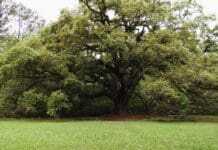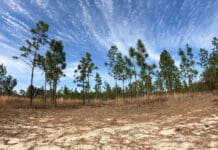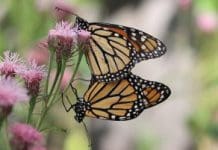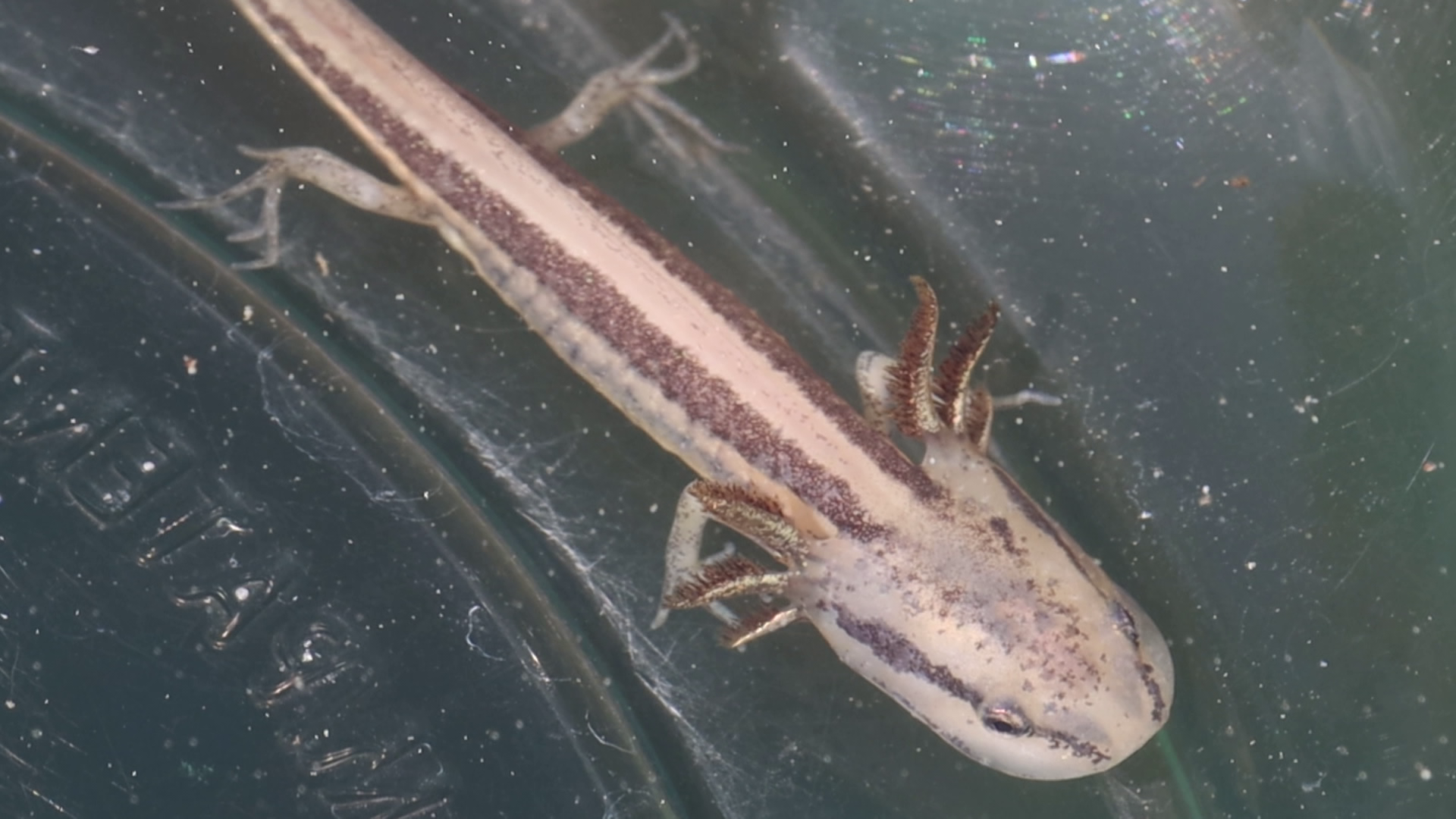

The Florida Wildlife Conservation Commission and its partners work to protect the frosted flatwoods salamander, a fire dependent animal in serious decline. Once common in wetlands throughout the American southeast, it has been reduced to a handful of viable breeding populations in the Apalachicola National Forest and Saint Marks National Wildlife Refuge. We follow biologist Pierson Hill.
Crouching in the rain, searching for eggs
The dark sky finally opened up, and rain began falling on us as we crouched down in the wet grass, searching for frosted flatwoods salamander eggs. I hear the pitter-patter of raindrops bouncing off of my backpack as I watch Pierson Hill, a biologist for the Florida Fish and Wildlife Conservation Commission (FWC), carefully extract a cluster of small, shiny eggs. He carefully places the clutch in a plastic sweater box that had been filled with soft, wet mud and presses the outside of the cluster down into the mud to keep them from sliding around during the trip back to the lab. Looking closely, I can see the embryos of baby salamanders wriggling around in the eggs.
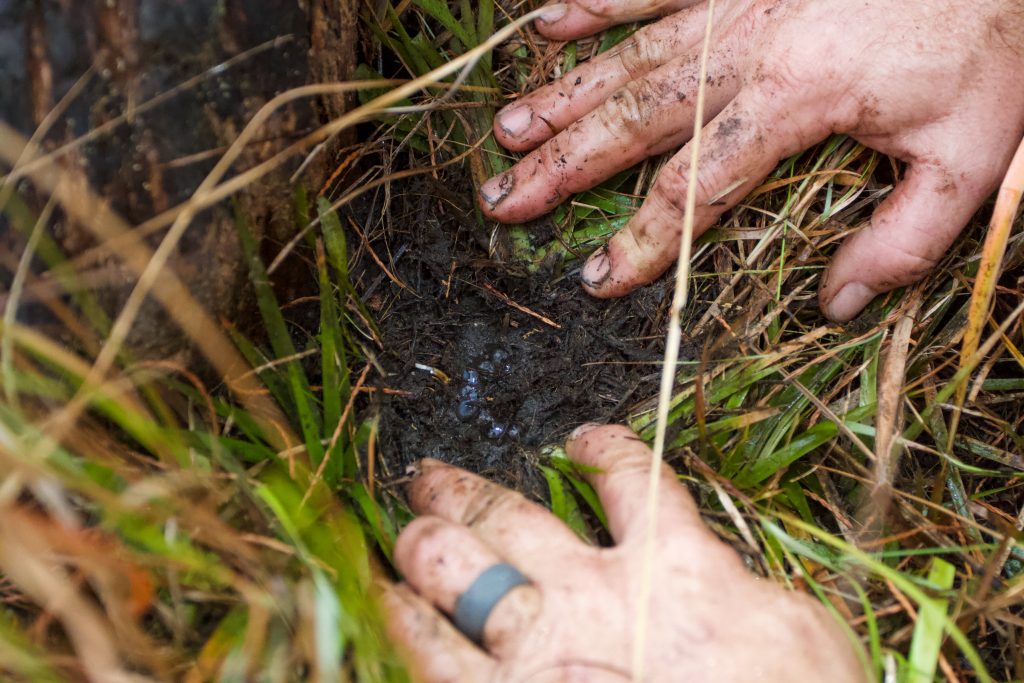

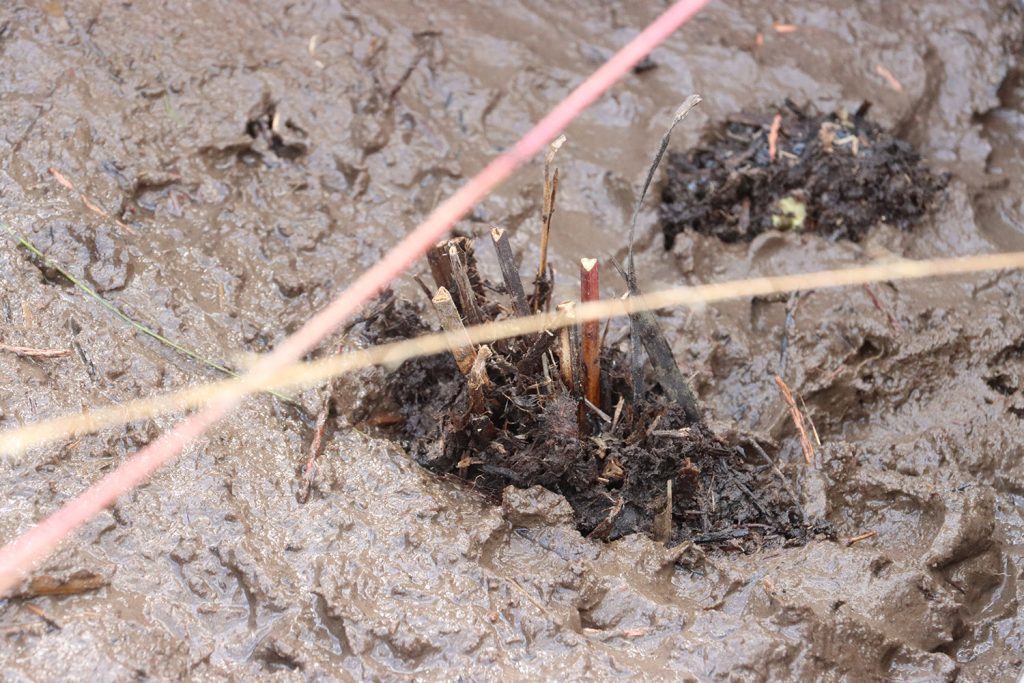

Our visit is not the first trip to this pond. Pierson repeats this process tirelessly with a team of field technicians who spend the entire egg-laying season (late fall) crouched in the grass, looking for eggs. Many days are spent in the mud, dodging annoyed cottonmouths, bent over with your face in the grass. Once eggs are eventually found, they are carefully cut away from the vegetation and carefully moved into safekeeping. This is not easy work and requires a lot of time and energy – for a single salamander species. How important, rare, or valuable must a species be to prompt this level of dedication?
WFSU Public Media enriches lives and cultivates diverse perspectives by connecting our community through media content and services that inform, educate, and entertain.


